2 Oct 2006
We had the first footsteps on Big Daddy that day, nothing but a edge of sand between us and that clear blue Namibian sky. We awoke before dawn and Leslie, our guide, drove our group in the the Namib-Naukluft National Park as the sun started rising above the desolate & rocky desert. One of the reason we booked Kulala Desert Lodge was its proximity to the park, it’s the closest lodging to Sossusvlei and even has its own private gate.
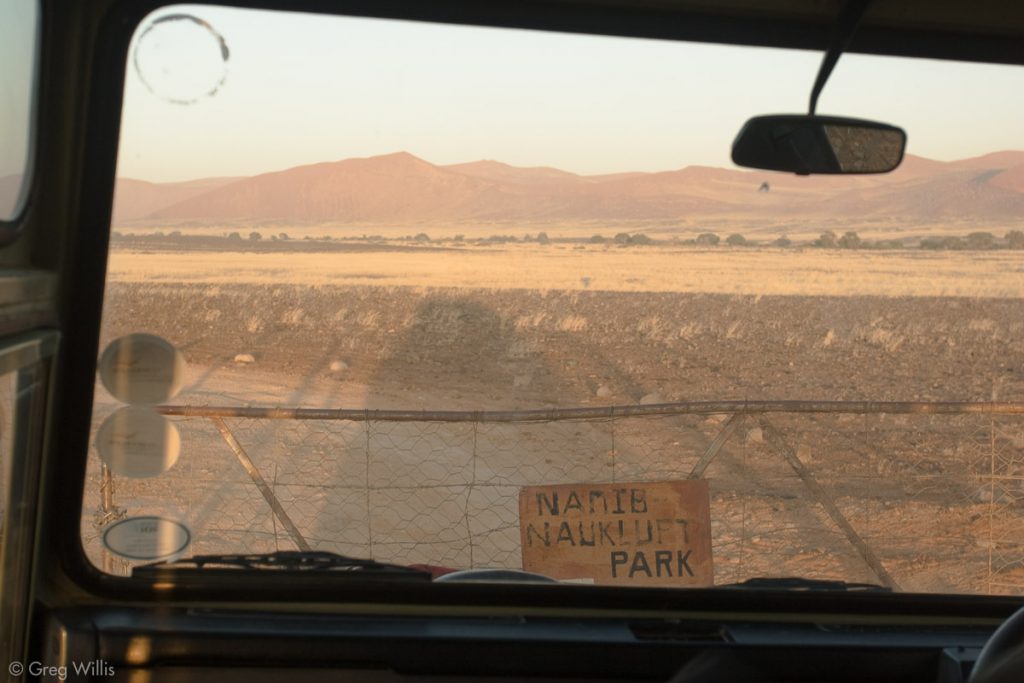
If you follow the coastline northwest from South Africa, Namibia is the next country up. It is a wonderfully desolate desert country. Although the Namib Desert stretches for over a thousand miles of the west coast of Africa, the dune sea in Southern Namibia is 250 miles along the coast and goes ~60 miles inland. Except for Sossusvlei. It’s here where the Tsauchab River (normally dry) cuts a line between the dunes as it unsuccessfully tries to reach the Atlantic. Sossusvlei lies in the center of this sea of sand, 30 miles from both its eastern edge and the coast.
Our excursion today was to climb a sand dune and see some dead trees. I know, but wait.
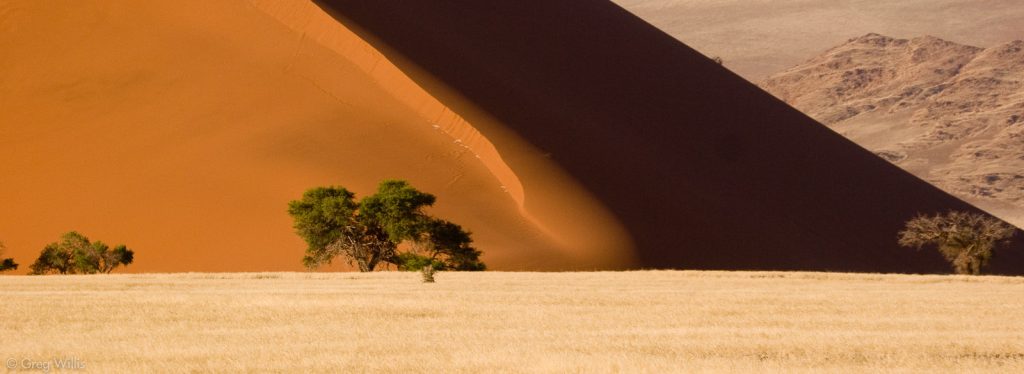
The dunes here are some of the highest in the world. As we drove in we saw the first dunes far away. But as we continued the sand sea closed in and the morning sun cast them in a stunning orange glow.
The dunes here more or less stay put. This means they can name names. Dune 45 is a popular one to hike. The largest one in Sossusvlei is Big Daddy, standing around 1,200′ (~360m), and its summit is our morning’s goal.
The hike up is about what you’d think: three steps up, two steps back into the sinking sand. It took us about 2 hours to reach the top. Since we had an early start, heat was not an issue — but I wouldn’t’ve wanted to be doing this in mid-day sun. It does not rain here. A bit of moisture comes in on the daily fogs, which is enough for some well adapted insects and reptiles.
The view from the top almost frightened me. To the horizon in every direction lay nothing but sand. There were a few distant clumps of trees, but no water, no roads, no sign of humans whatsoever. It was sublime.
Our descent was easy. For all the legwork work going up, you could just let gravity to the work on the way down without fear of an injurious fall. I took absurdly long strides, others rolled, others ran until they fell. The sand redeemed itself.
At the bottom of this tumble is Dead Vlei, a white salt pan.

About every decade enough rain falls in the mountains east of here to get the Tsauchab River flowing. When it does, these pans in Sossusvlei become covered in water. Then they dry, leaving the mud cracked and enough salt to bleach it white. But this sparse rain is enough to support stands of trees. About 900 years ago a dune shifted and cut off the Dead Vlei pan from these occasional floods. The Camel Thorn trees growing at the far end withered and died. And for those 900 years they’ve been standing in the baking sun of the desert, not enough water available for them to rot or decay.
The stark blackness of the trees, the white of the pan, the blue of the sky, and the orange of the dunes create an atmosphere of elemental simplicity & purity. And then throw in the age of these still standing trees and it’s a lot to take in.
The walk back to the jeep was short and we had lunch beneath a still-living tree nearby before we returned to the lodge.
Oh, and here’s bonus pics of Kulala Desert Lodge – had a great time there.
- Time to Top of Big Daddy: 2:00
- Time Getting Back Down: 0:30
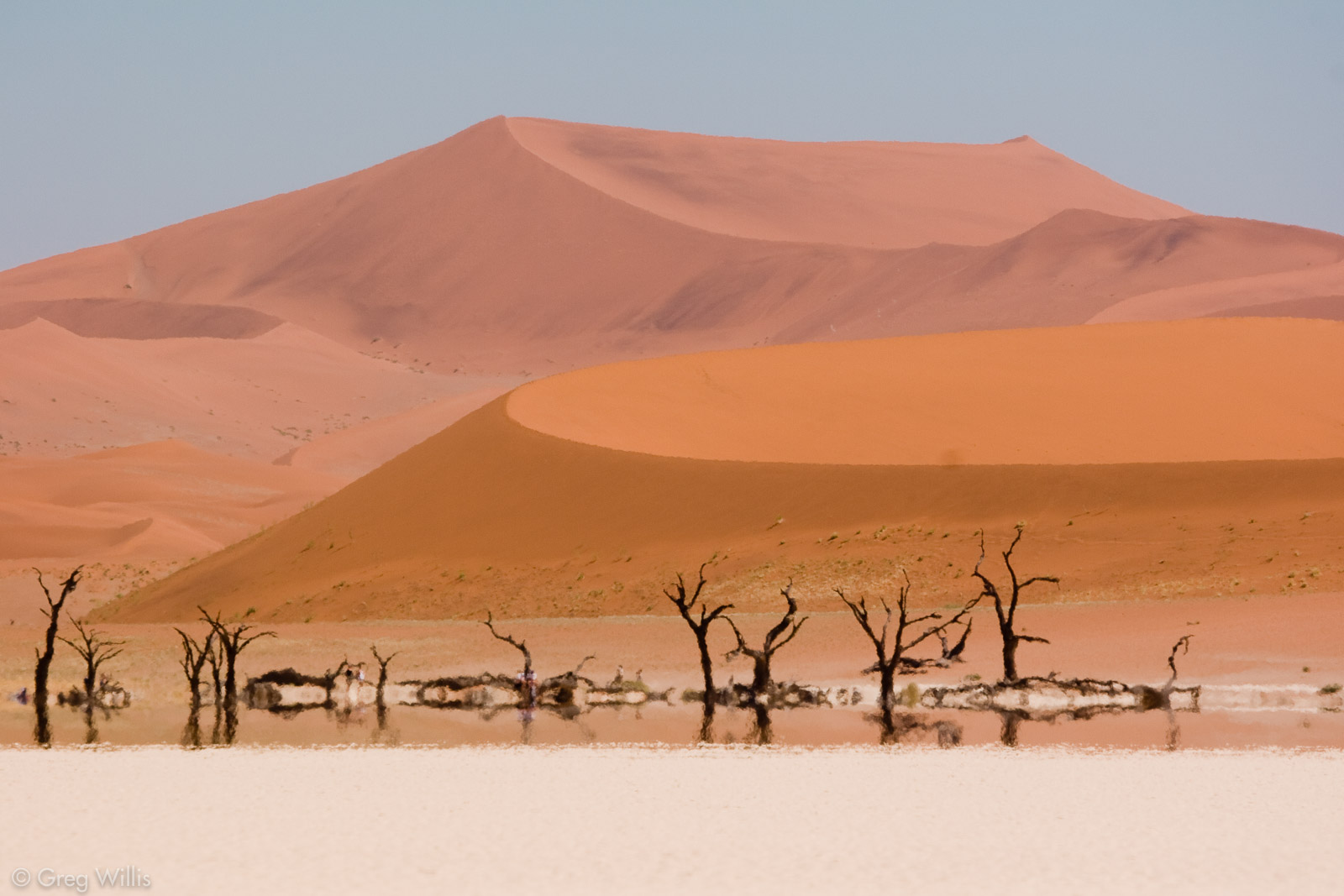
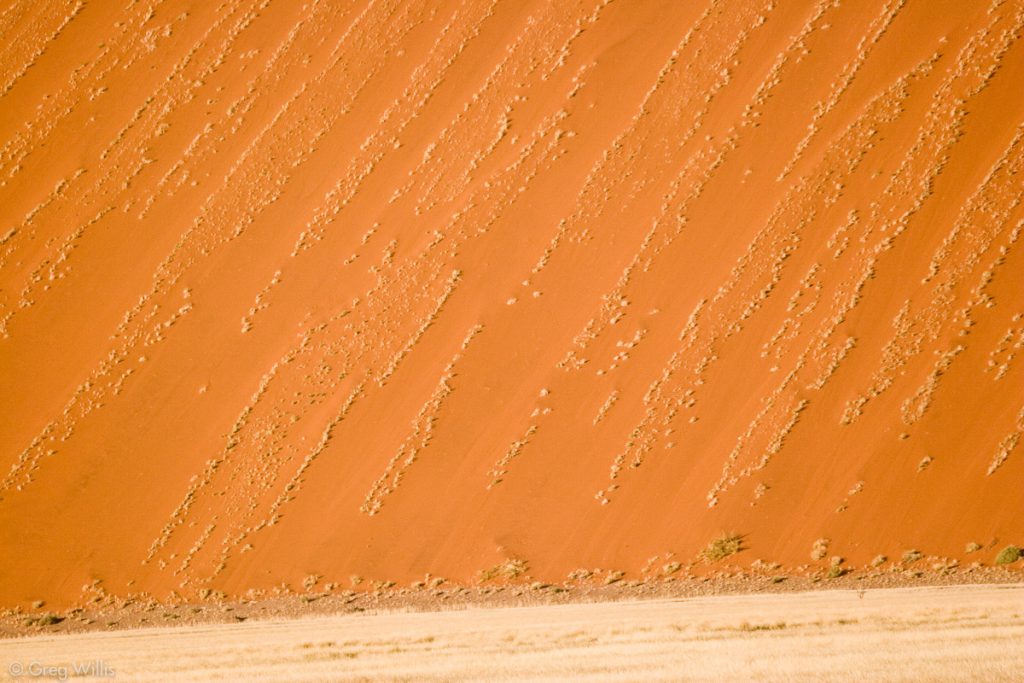
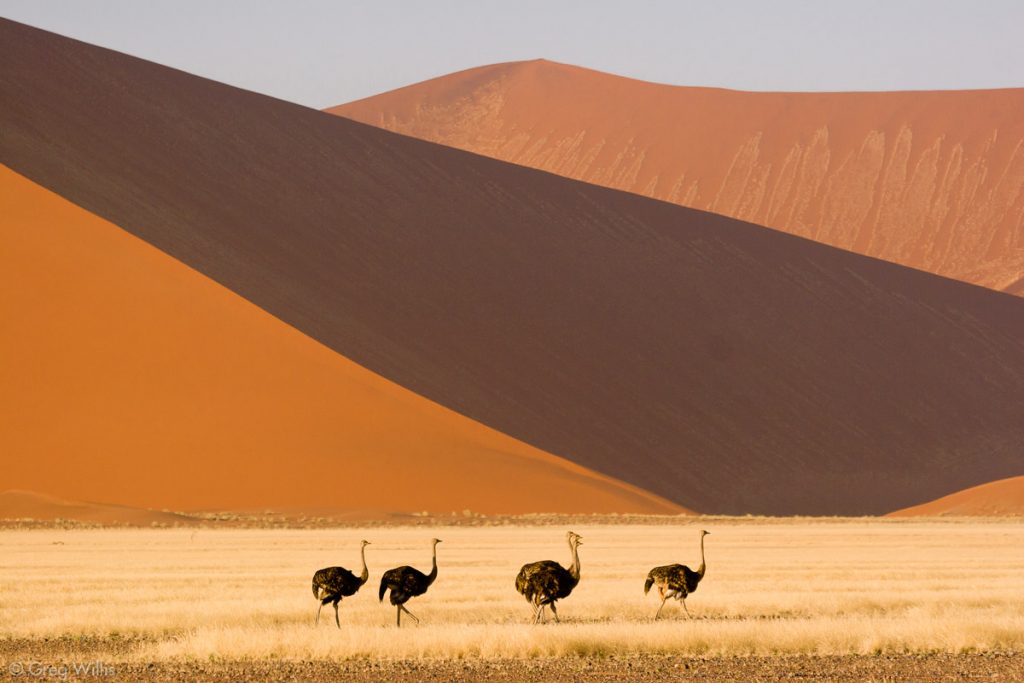
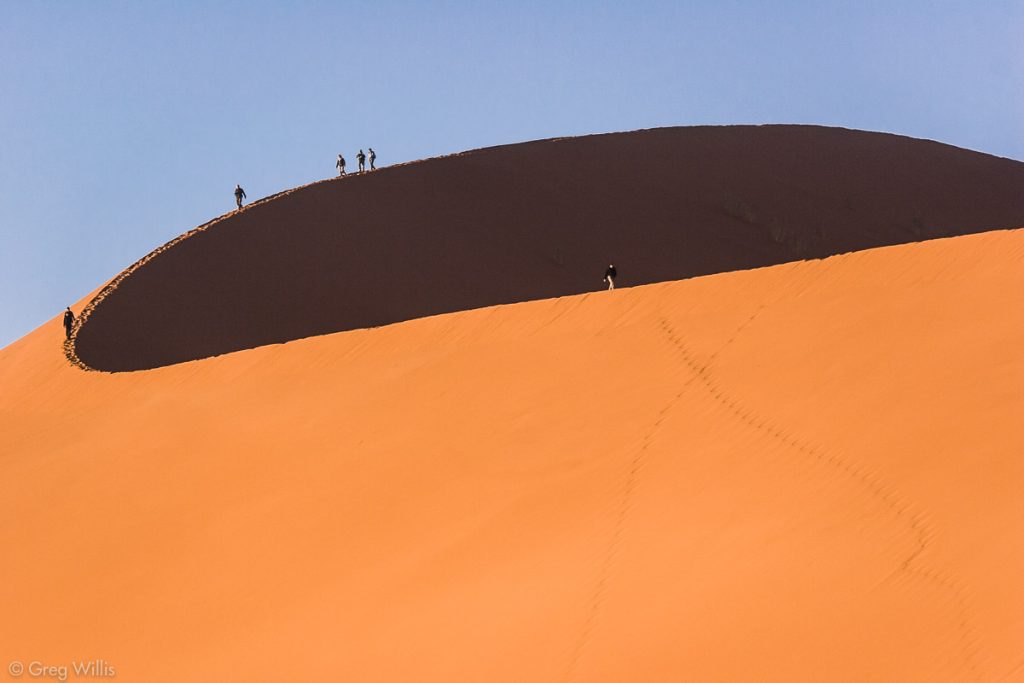
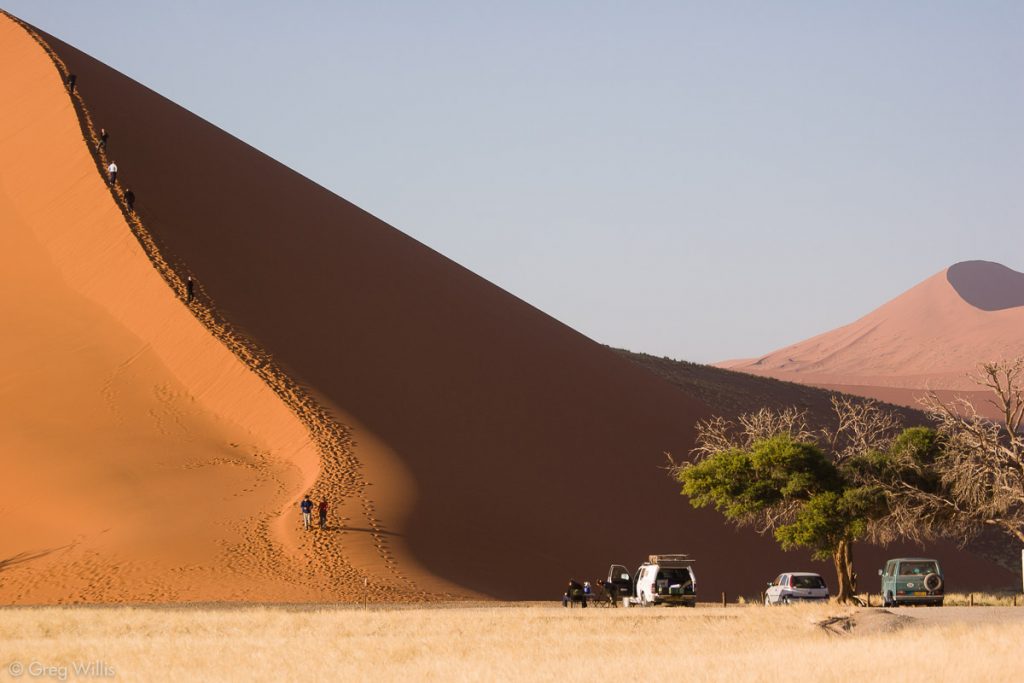
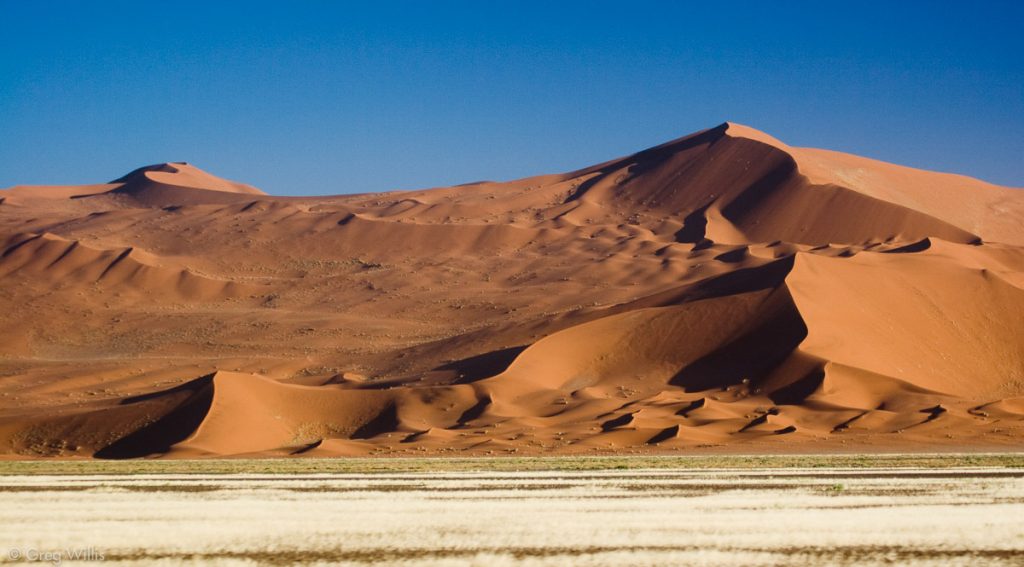
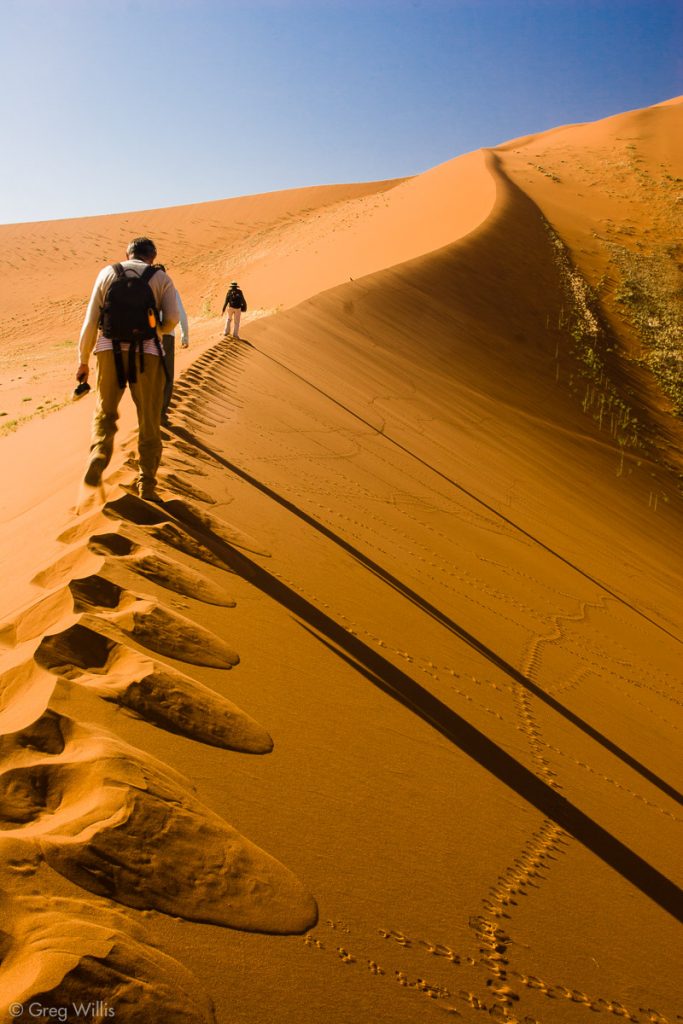
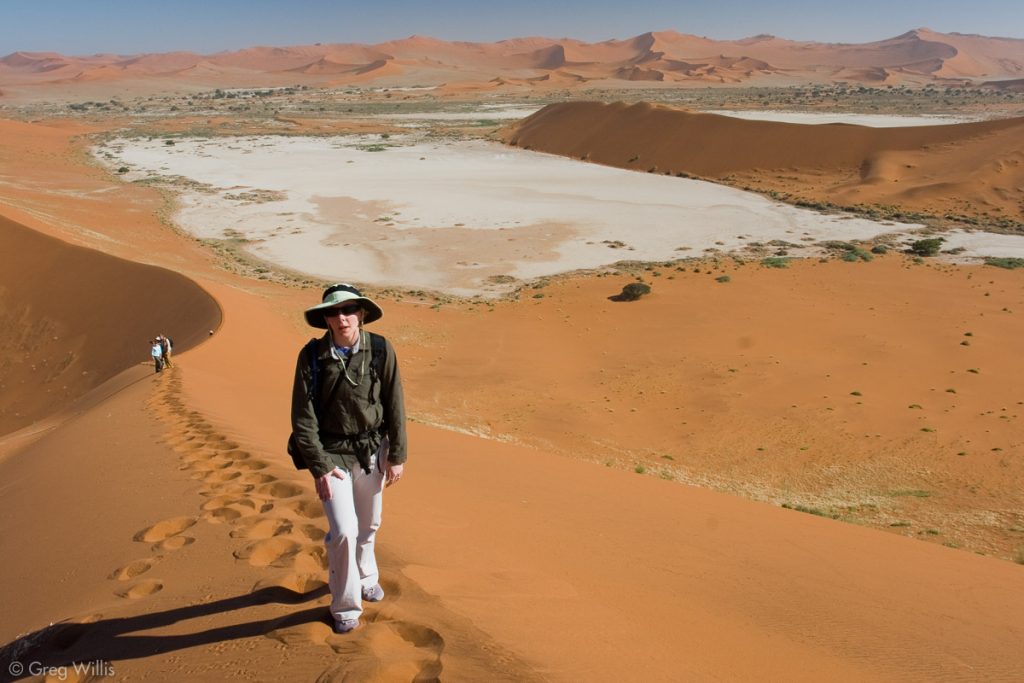
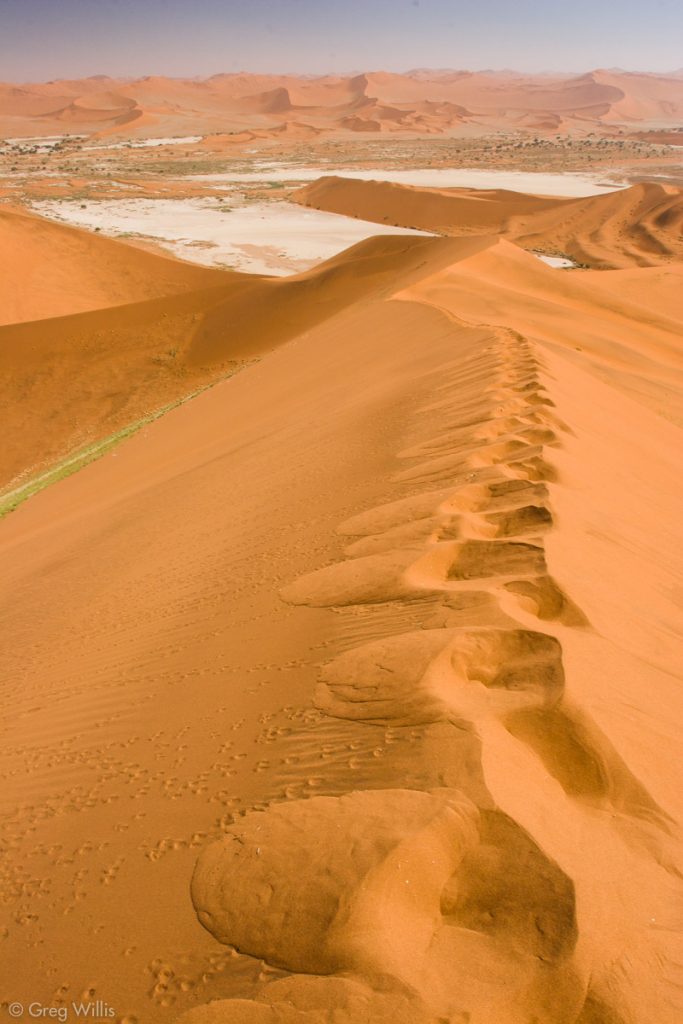
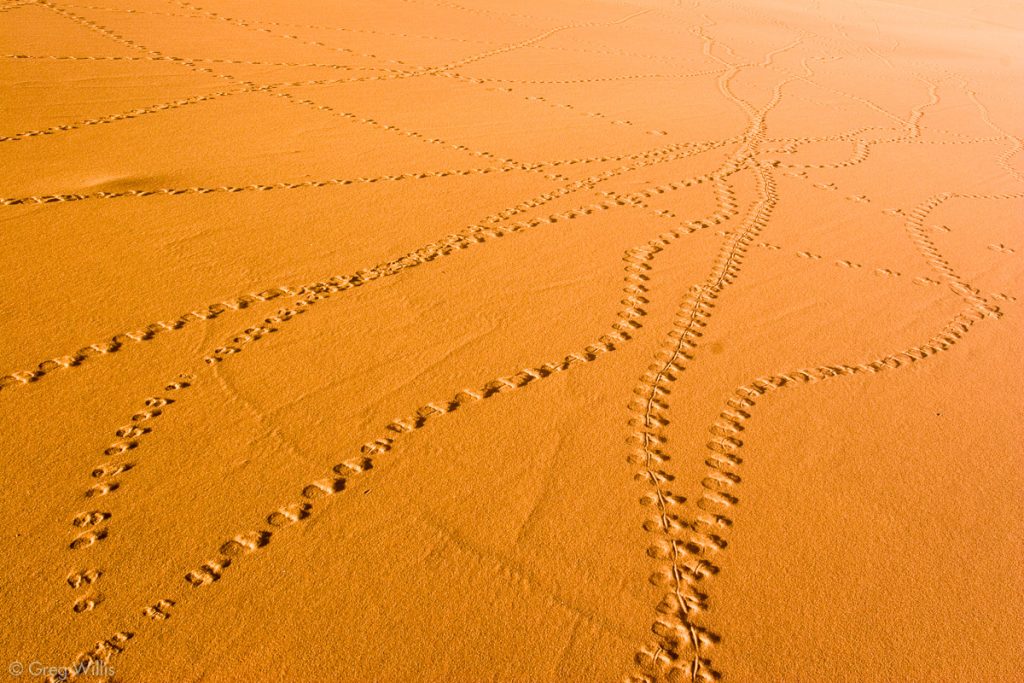
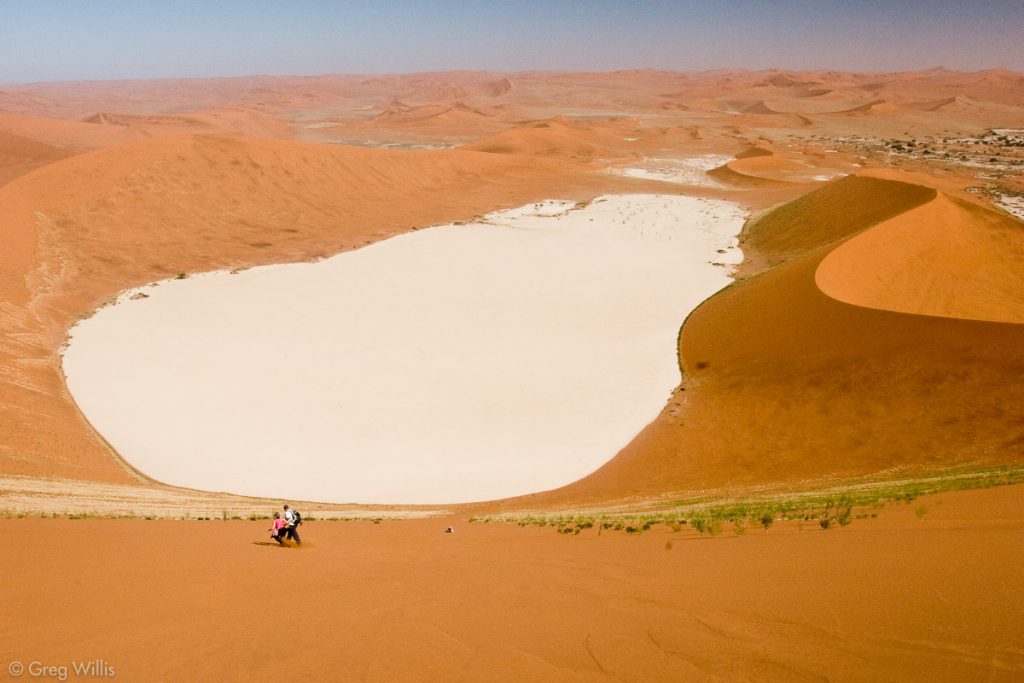
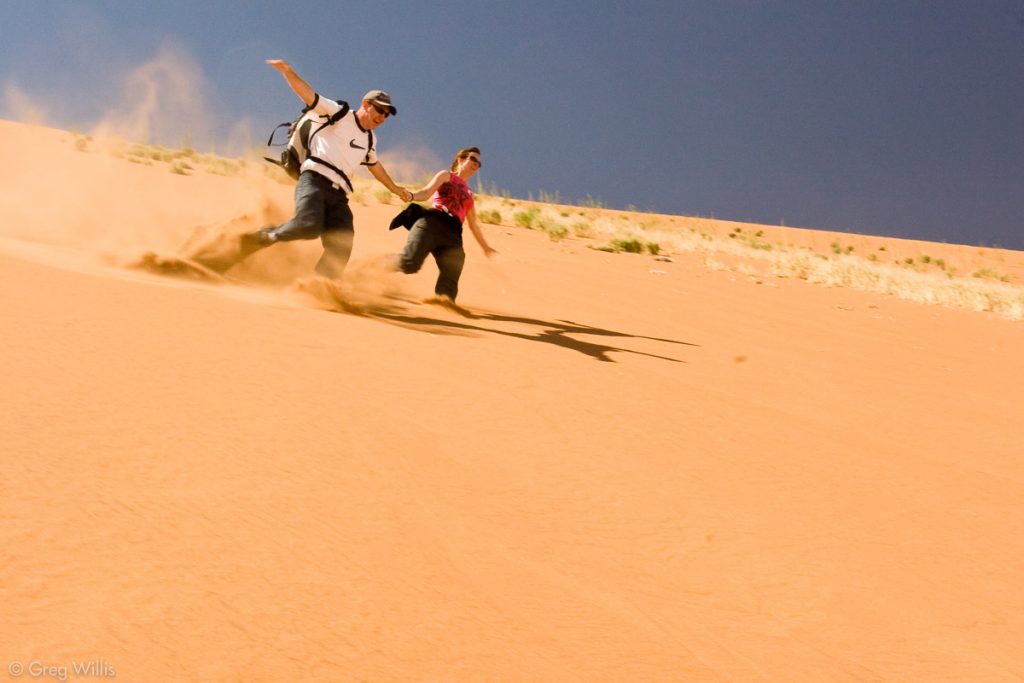
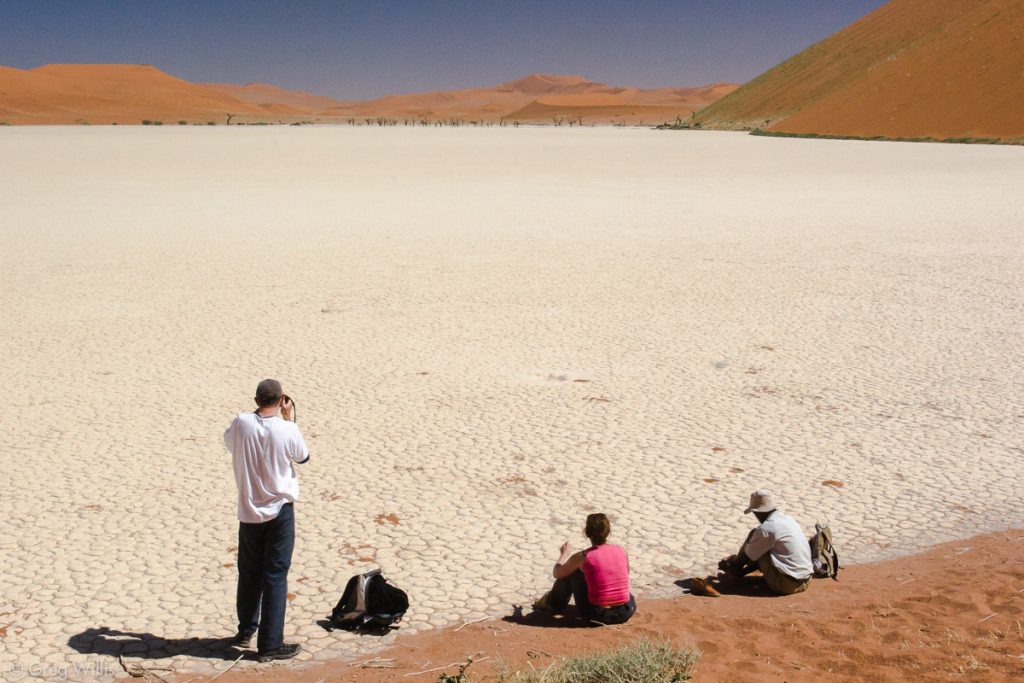
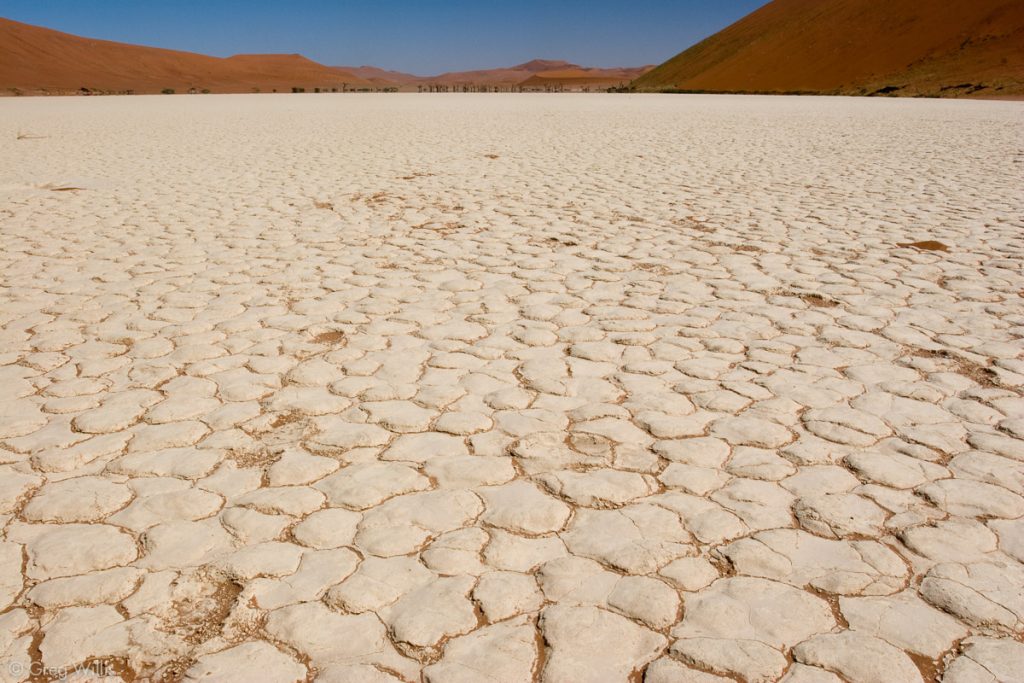
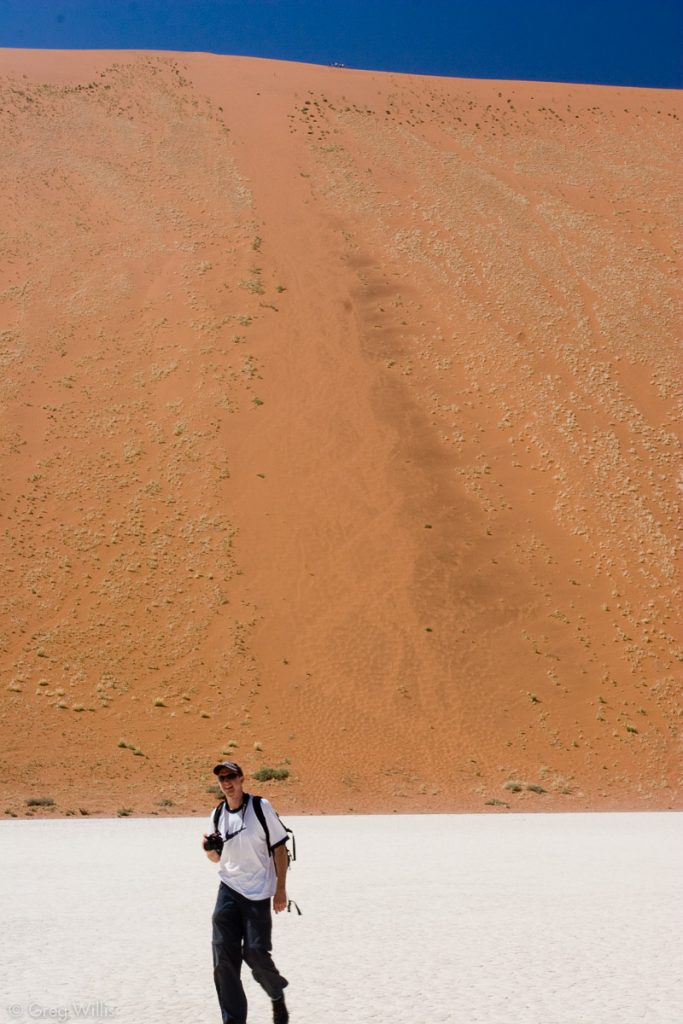
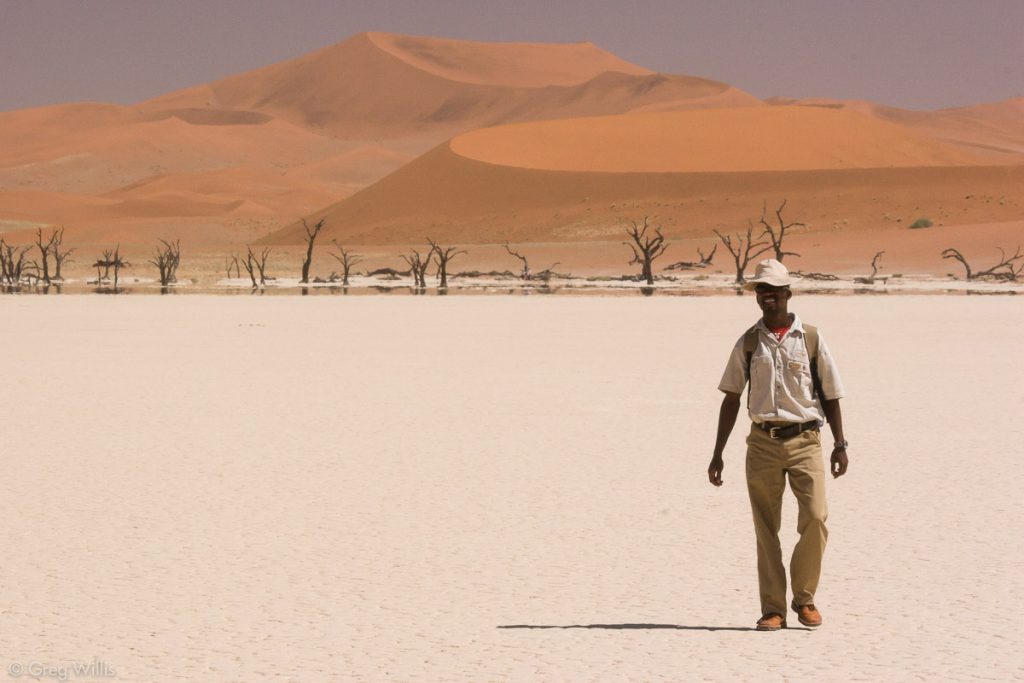

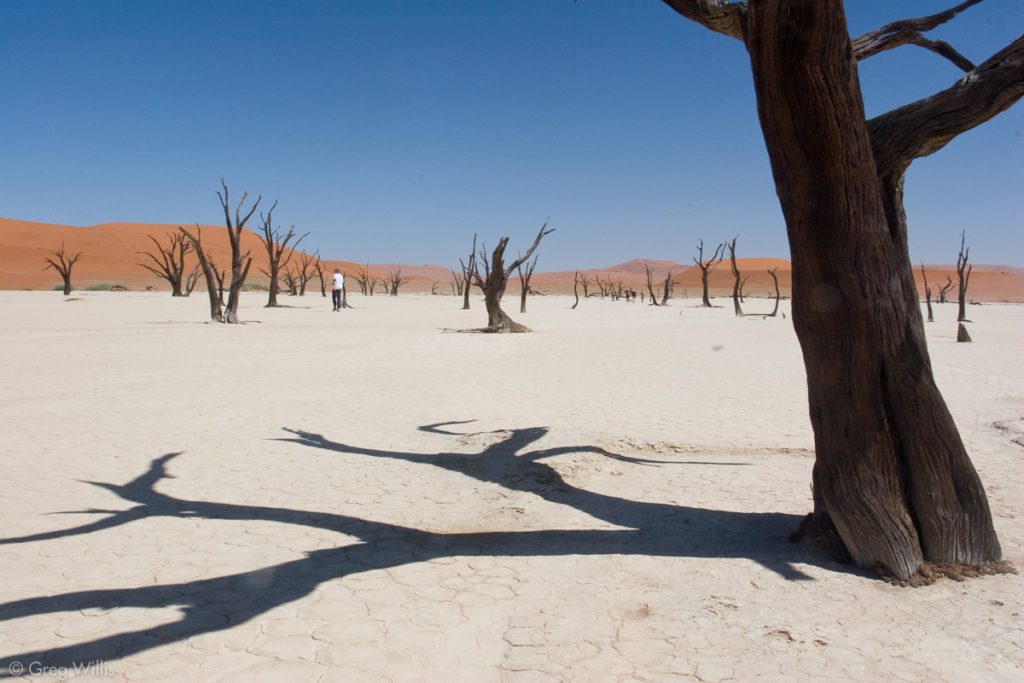
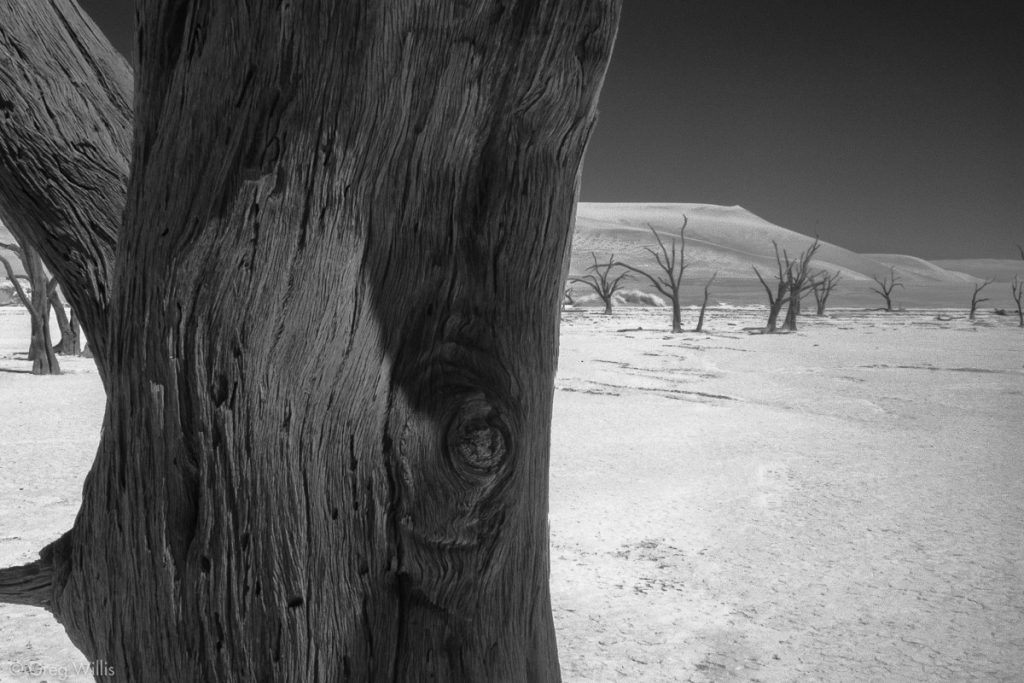
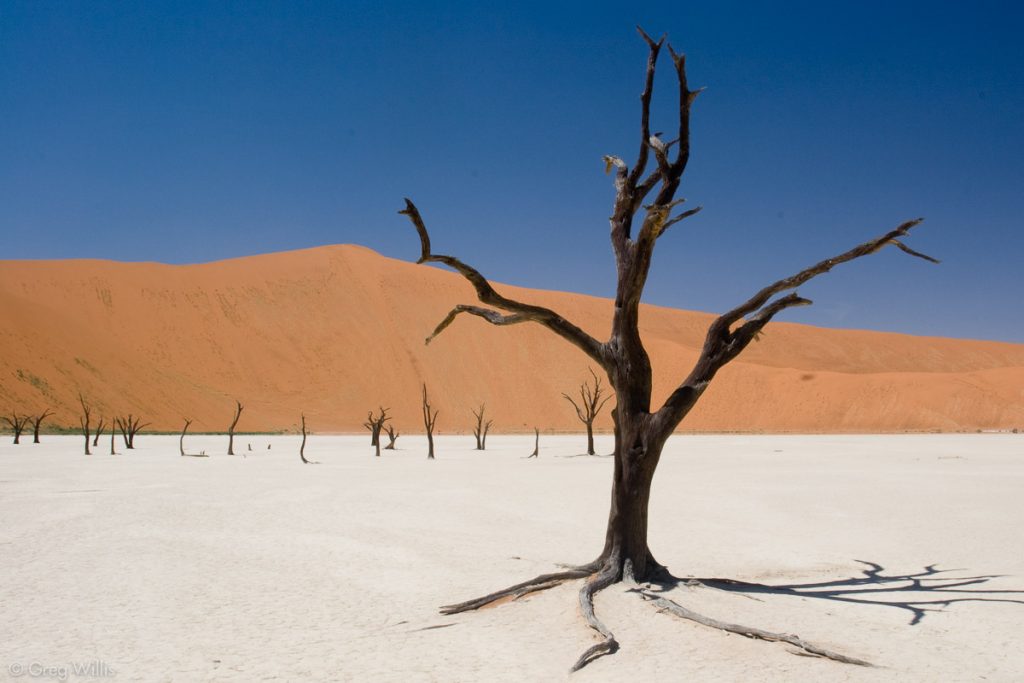

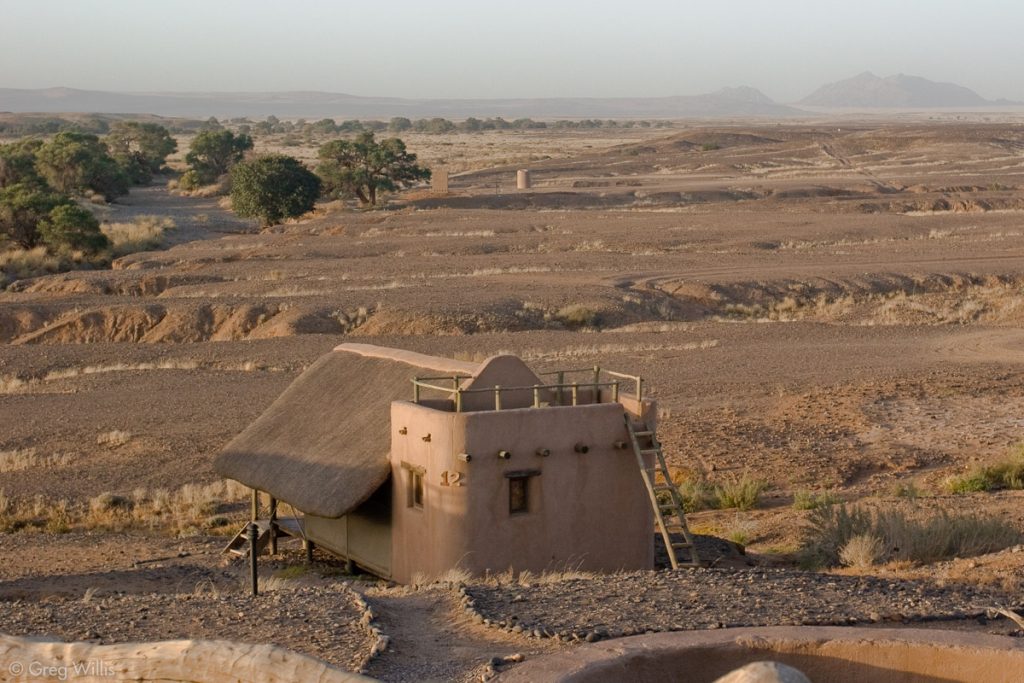



Way cool! Some very valid points! I appreciate you writing this write-up plus the rest of the site is
extremely good.